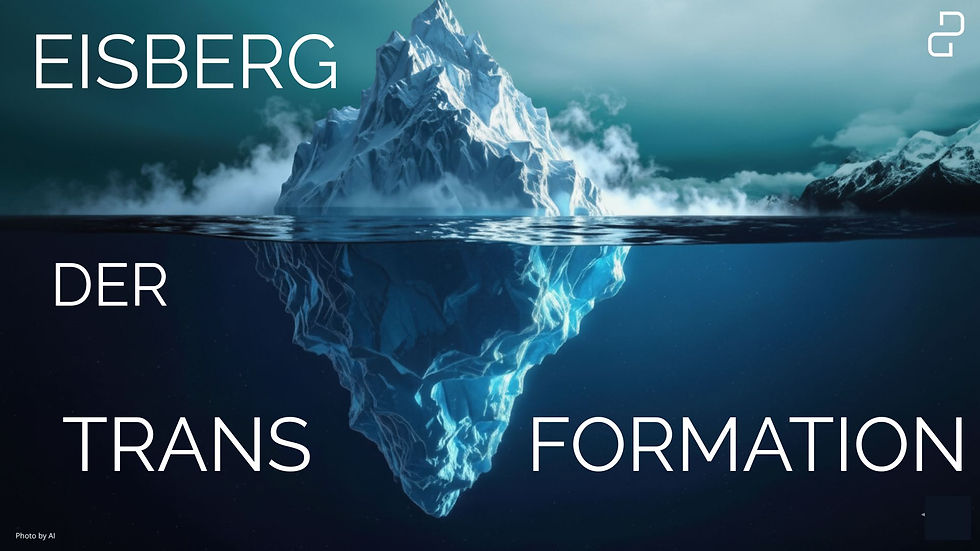Emotional Mastery: Why True Leadership Begins with Self-Leadership
- Dominique Giger
- Jul 9
- 3 min read

What do the most effective leaders have in common?
They keep a cool head in crises, lead with clarity, and remain grounded even when everything around them becomes uncertain.
What many don’t see is this: That level of calm doesn’t come from external control - it stems from internal emotional mastery.
Emotions are not a weakness - they are the key
In my work with leaders, high performers, and organizations, I see it over and over again:People try to suppress their emotions in order to appear “professional.”But repressed emotions don’t disappear.They operate silently in the background - influencing decisions, communication, and relationships.
Emotional intelligence doesn’t mean avoiding emotions.
It means recognizing, understanding, and consciously managing them.
The 4D Model: Emotional Mastery in 4 Steps
I leverage a model that sounds simple - but has deep impact. It is based on psychology, neuroscience, and my practical experience as a coach and consultant in leadership and transformation.
1. Distinguish - Identify what’s really going on
Is this an emotion, a feeling, a mood, or a temperament?
It may sound trivial - but it’s the first step toward clarity. Only what I can name, I can begin to consciously shift.
When you create a space between stimulus and reaction, you gain the freedom to choose your response.
2. Decide - Make an active choice
Instead of slipping into autopilot mode, you pause and choose:How do I want to feel? How do I want to respond?
This is the moment you take ownership - for yourself and for your team.
3. Disrupt - Break the pattern
Our emotional responses are often deeply automated:
Anger → attack
Insecurity → withdrawal
Stress → control
Disruption means: interrupt the pattern, reflect, and choose again. And it requires tools - like breathing, distance, and reframing.
4. Direct - Consciously guide your state of mind
In the end, it’s about cultivating emotional states intentionally:
Calm. Gratitude. Clarity. Focus.
It doesn’t happen with the flip of a switch - but it is absolutely trainable. Through intention, awareness, and repetition.
Emotional self-leadership is not a “soft skill”
It’s the foundation for:
Decisiveness under pressure
Empathetic, credible communication
Resilience in complexity and constant change
Trust-based, human-centered leadership
Clarity in the face of conflict
If you can’t lead yourself, you’ll never be able to lead others consciously.
Want more?
In my latest podcast episode “Emotional Mastery: The 4-Step Strategy for Emotional Freedom & Clarity”,I guide you through the 4D model in detail - with tools, reflection prompts, and practical applications for your everyday leadership.
🎙 Listen now:
Apple Podcast: https://podcasts.apple.com/us/podcast/folge-12-emotionale-meisterschaft-die-4-schritte-strategie/id1801021329?i=1000716183199
💬 I’d love to hear your thoughts:
Which of the 4 steps comes easiest to you - and where do you still feel challenged?
About the author:
Dominique Giger is a speaker, coach and consultant for leadership, mindset and organizational transformation.She supports leaders, teams and organizations in building more clarity, resilience, and emotional intelligence - with scientific depth, real-world experience and a clear focus on what truly matters.
Book me as a speaker or consultant:
Are you looking for a speaker who brings clarity, inspiration and depth to the stage - or someone who can help your organization develop a healthier, high-performance leadership culture?
I work with leaders and teams who want to evolve - consciously, strategically and human-centered.
📩 Get in touch to explore keynote topics or consulting services:







Comments